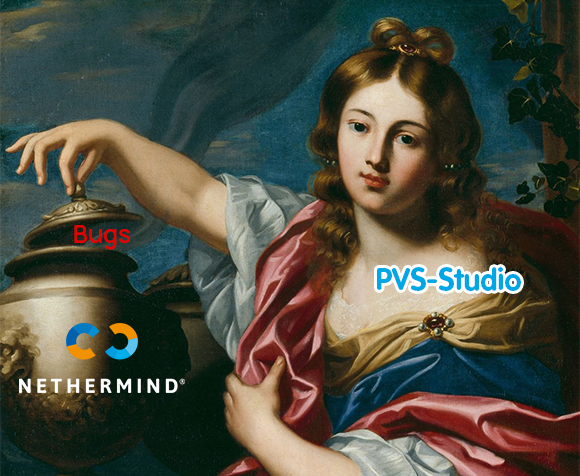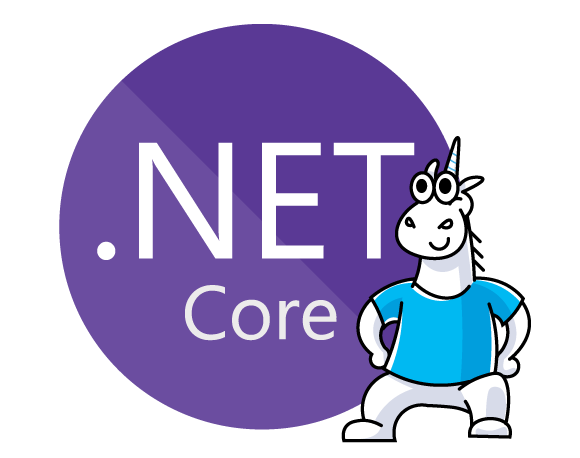
Recently I have bought starfive visionfive-2 SoC for my own experiments, honestly speaking
I am striving to work with risc-v. After some time I decided to share my experience. Here my bulletpoints:
Small preparation USB-to-Serial connector Write image to microSD/SSD Set boot mode settings
Boot Update bootloader Build kernel Native build Pod build Cross-build on amd64: fast and handy
Chroot to risc-v system from amd64 and install packages
Bonus 1: run qemu with risc-v
Bonus 2: build deb packages for risc-v
Bonus 3: kernel build script
Conclusions
















